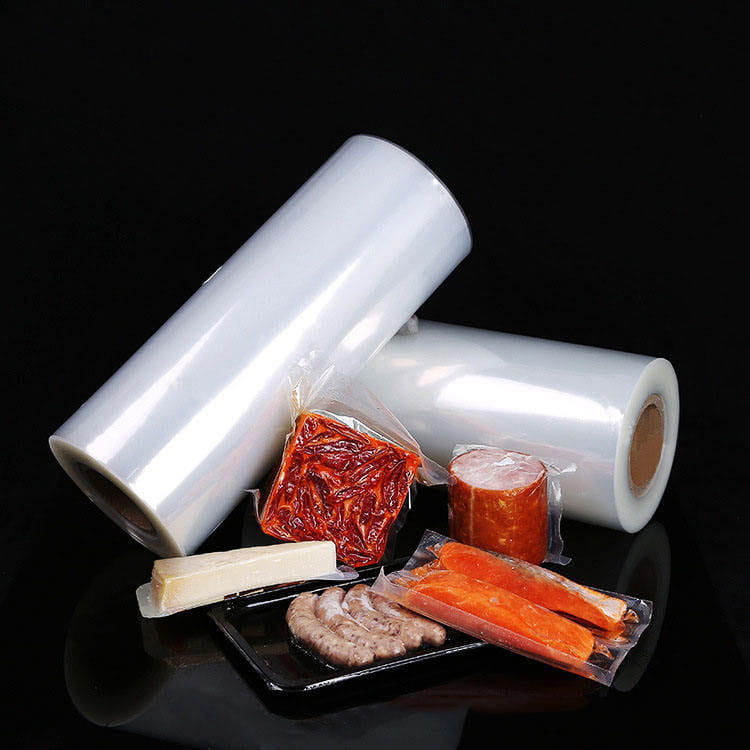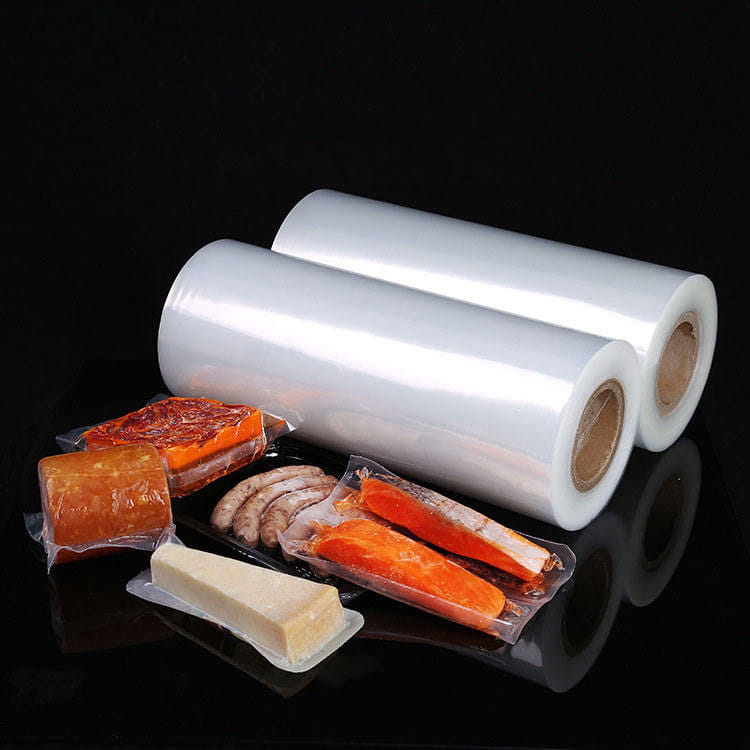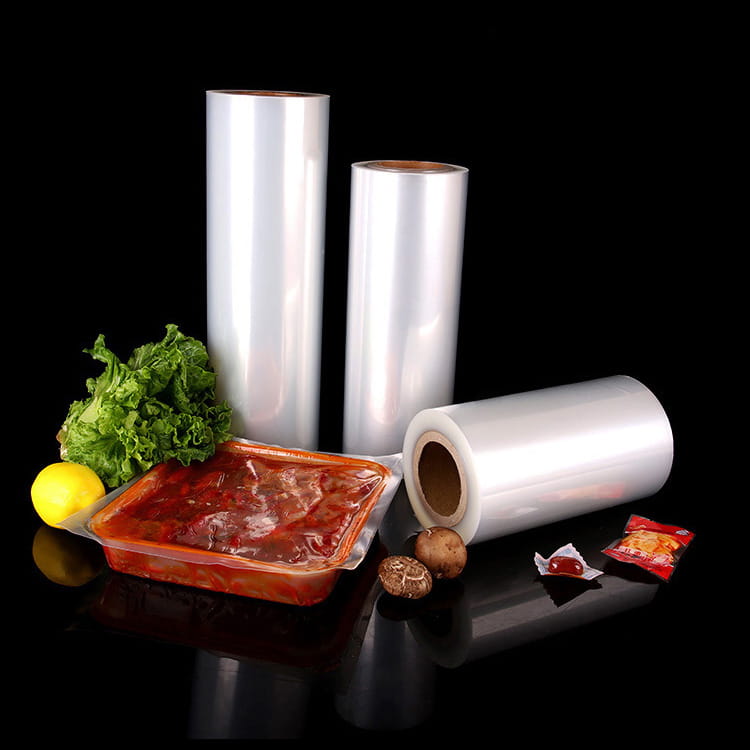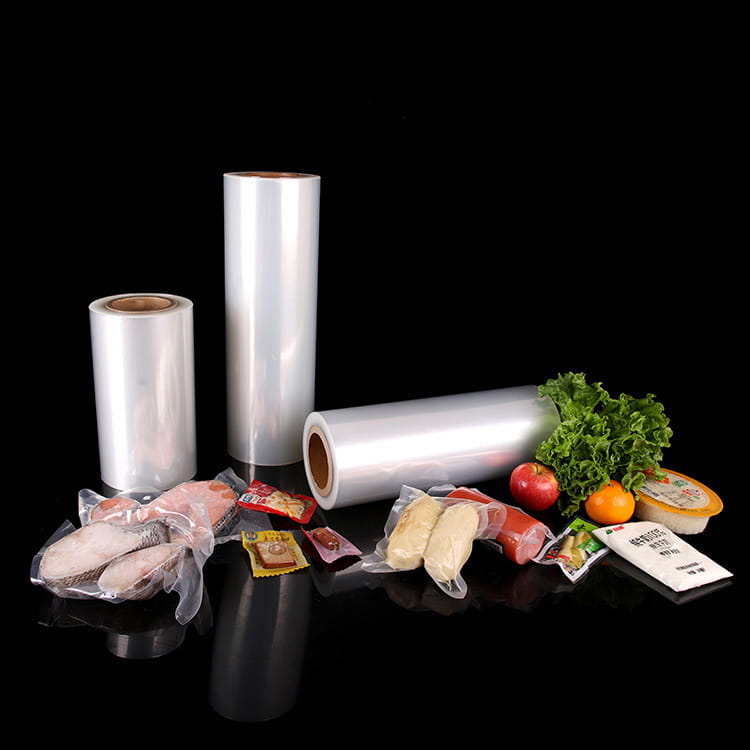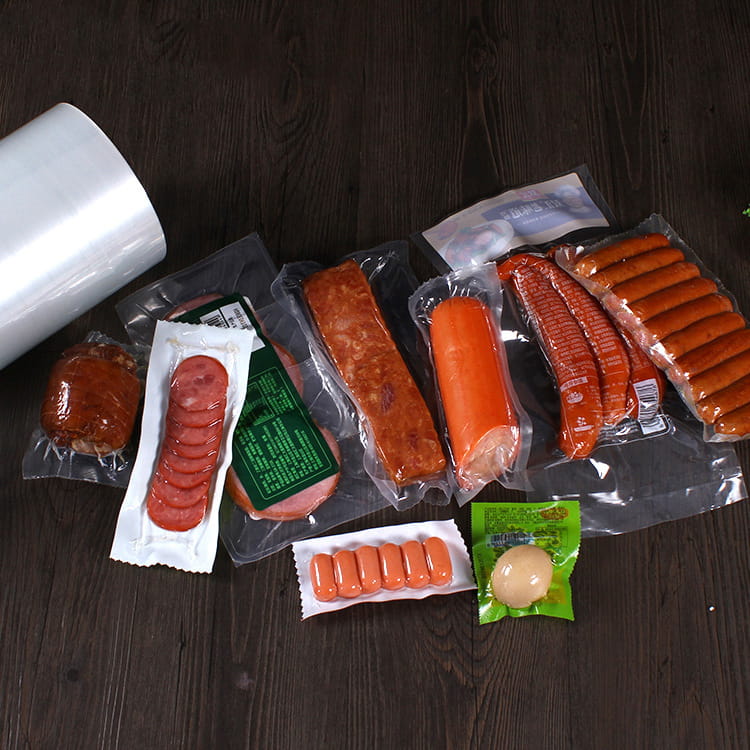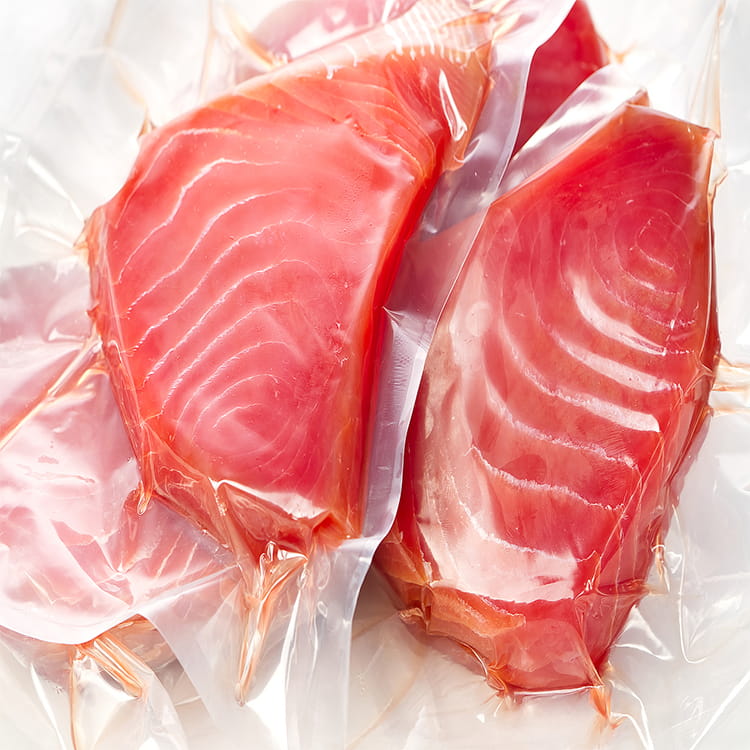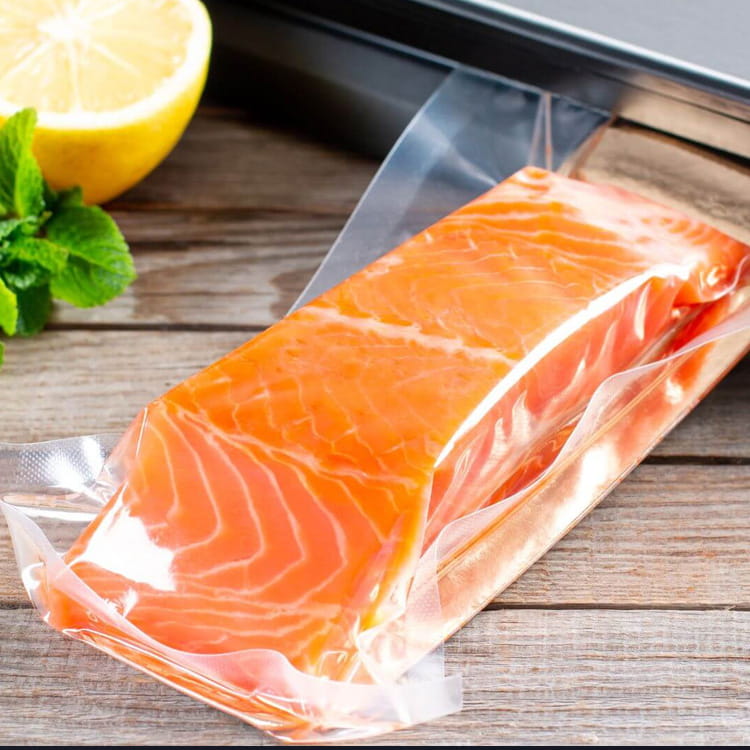The packaging industry continuously evolves to meet demands for better preservation, durability, and sustainability. One of the most significant advancements in this field is the development of 7 layers of symmetrical co-extruded low-temperature film, which offers superior barrier properties compared to traditional monolayer or fewer-layered films.
Understanding the structure of 7 layers of symmetrical co-extruded low-temperature film
The 7 layers of symmetrical co-extruded low-temperature film consist of multiple polymer layers bonded together through co-extrusion. The symmetrical design means that the layers are arranged in a balanced manner, often with mirror-like configurations around a central core. This structure ensures uniform stress distribution and improved mechanical performance.
Each layer serves a distinct purpose:
- Outer layers provide durability and printability.
- Tie layers enhance adhesion between dissimilar materials.
- Barrier layers (often EVOH, PA, or metallized films) block oxygen and moisture.
- Sealant layers ensure strong heat-sealing at low temperatures.
The combination of these layers in a symmetrical co-extruded low-temperature film results in a robust material capable of withstanding harsh storage conditions while maintaining flexibility.
Key barrier properties enhanced by the 7-layer structure
1. Oxygen barrier performance
Oxygen exposure leads to oxidation, spoilage, and nutrient degradation in food and pharmaceutical products. The 7 layers of symmetrical co-extruded low-temperature film incorporate high-barrier materials like ethylene vinyl alcohol (EVOH) or polyamide (PA) in dedicated layers. These materials significantly reduce oxygen permeability, preventing product deterioration.
2. Moisture resistance
Moisture ingress can cause microbial growth, texture changes, and chemical reactions. The multilayer construction includes moisture-resistant polymers such as polyethylene (PE) or polypropylene (PP), which act as effective water vapor barriers. The symmetrical arrangement ensures uniform protection, minimizing weak points.
3. Aroma and flavor retention
Many products, such as coffee or snacks, lose quality when volatile compounds escape. The 7-layer co-extruded film traps these molecules, preserving taste and aroma. This is particularly important for vacuum-sealed or modified atmosphere packaging (MAP).
4. Protection against light and UV radiation
Certain products degrade under light exposure. By incorporating UV-blocking additives or metallized layers, the symmetrical co-extruded low-temperature film shields contents from harmful radiation, extending shelf life.
5. Mechanical strength and puncture resistance
The layered structure distributes stress evenly, reducing the risk of tears or punctures. This is crucial for frozen foods, where brittleness at low temperatures can compromise packaging integrity.
Comparison with traditional films
| Property | Monolayer film | 3-5 layer film | 7 layers of symmetrical co-extruded low-temperature film |
|---|---|---|---|
| Oxygen barrier | Low | Moderate | High |
| Moisture barrier | Moderate | Good | Excellent |
| Mechanical strength | Low | Moderate | High |
| Aroma retention | Poor | Fair | Excellent |
| Temperature resistance | Limited | Improved | Superior |
The table highlights the clear advantages of the 7-layer symmetrical co-extruded low-temperature film over simpler alternatives.
Applications in various industries
The enhanced barrier properties make this film ideal for:
- Food packaging (frozen foods, fresh produce, dairy, meat).
- Pharmaceuticals (moisture-sensitive drugs, sterile packaging).
- Electronics (protective films for moisture-sensitive components).
- Industrial products (chemical-resistant packaging).
The 7 layers of symmetrical co-extruded low-temperature film represent a significant leap in packaging technology. By combining multiple functional layers in a balanced structure, it delivers unmatched barrier performance against oxygen, moisture, light, and mechanical stress. As industries demand longer shelf life and better product protection, this advanced film will continue to play a crucial role in modern packaging solutions.


 English
English عربى
عربى



